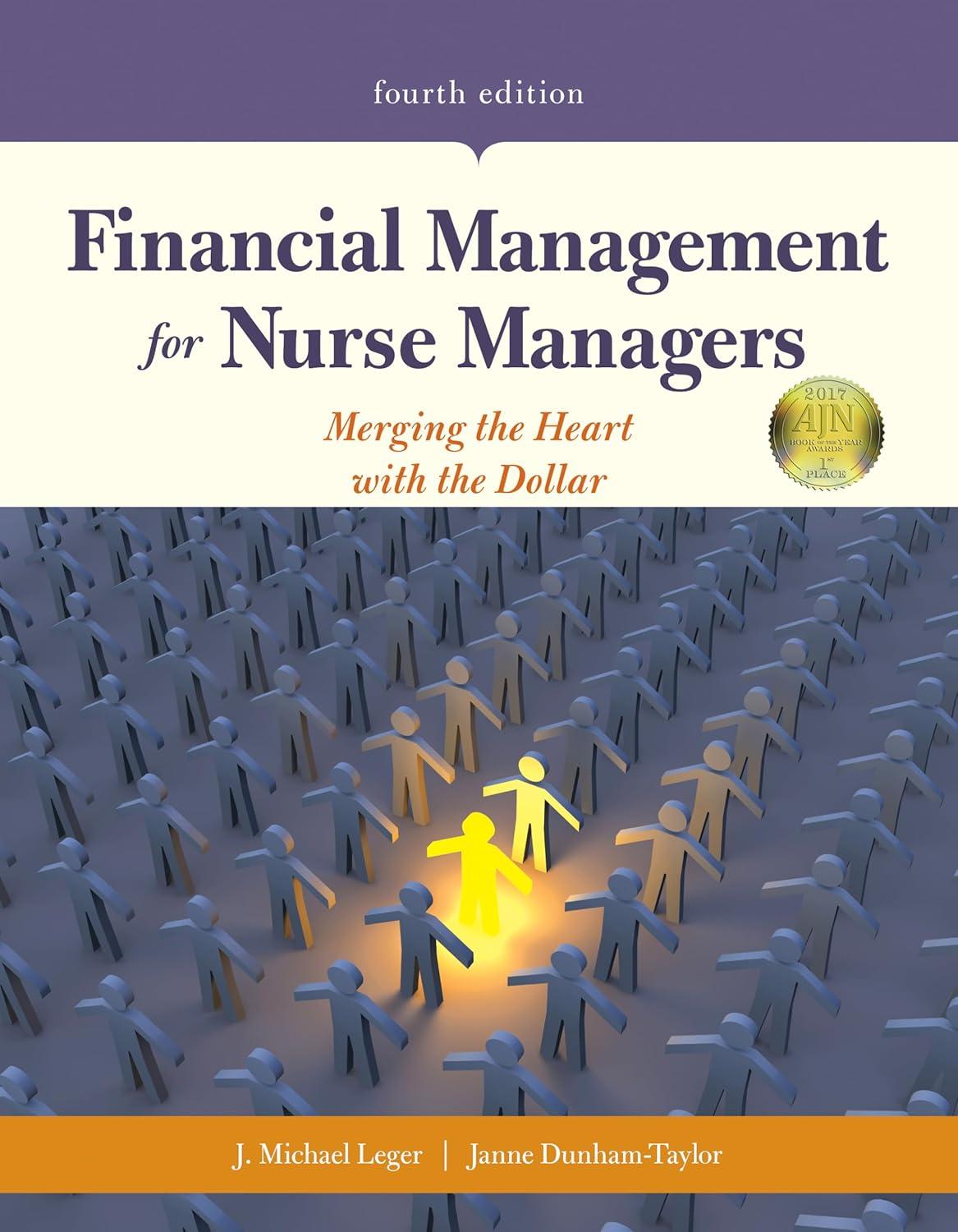Answered step by step
Verified Expert Solution
Question
1 Approved Answer
Now more real-world stuff. The Truth in Lending Act of 1968, among other things, requires that borrowers be informed of the Annual Percentage Rate (APR)
Now more real-world stuff. The Truth in Lending Act of 1968, among other things, requires that borrowers be informed of the Annual Percentage Rate (APR) on their mortgage, as an estimate of the cost of credit. Basically, the APR or EIR is the internal rate of return (IRR) on a mortgage based on its coupon rate, discount points and origination fees, amortization period and term to maturity. The APR assumes that borrowers never refinance or prepay the loan and makes no provision for fees such as prepayment penalty. As such the APR or EIR does not give an accurate picture of actual cost of the loan to borrowers annualized effective yield of mortgages to the lender. Annualized Effective Yield or effective cost of the mortgage comes from six factors: the coupon rate, discount points (upfront cash paid by borrower to lower the coupon rate), origination fees, prepayment penalties, the effective life of the mortgage (how long the borrower actually holds the mortgage before refinancing or selling the house), and frequency of amortization. At the end of the day disclosing the effective interest rate and annualized effective yield of the lender) is not straightforward. It is a tricky business.
Now to give you a sense of how these factors interact consider the following three mortgage scenarios and use them to calculate APR or EIR and AEY. To conduct these analyses, assume that three of the four mortgages described above have the following configurations. Mortgage1 has 6% fixed coupon rate, no points, no fees, 30-year amortization and expected life of three years. Mortgage2 has 4.5% coupon rate, 2 points, 2% origination fees, 2% prepayment penalty if prepaid within the first 5 years, 30-year amortization and expected life of three years. Mortgage3 is the same as mortgage2, except that it is uncertain how long the household (the borrower) will stay in the house before moving and prepaying the loan. But you estimate that there is 90% probability that the borrower will sell the house and move at the end of 10th year and so there is a 10% chance that the borrower will hold the mortgage till the end of amortization period. Prepayment penalty is typically a percentage of the amount being prepared. Now for each of the three mortgage scenarios calculate the APR or EIR, and the annualized effective yield (AEY). Then describe what you have learnt from this exercise.
Step by Step Solution
There are 3 Steps involved in it
Step: 1

Get Instant Access to Expert-Tailored Solutions
See step-by-step solutions with expert insights and AI powered tools for academic success
Step: 2

Step: 3

Ace Your Homework with AI
Get the answers you need in no time with our AI-driven, step-by-step assistance
Get Started


